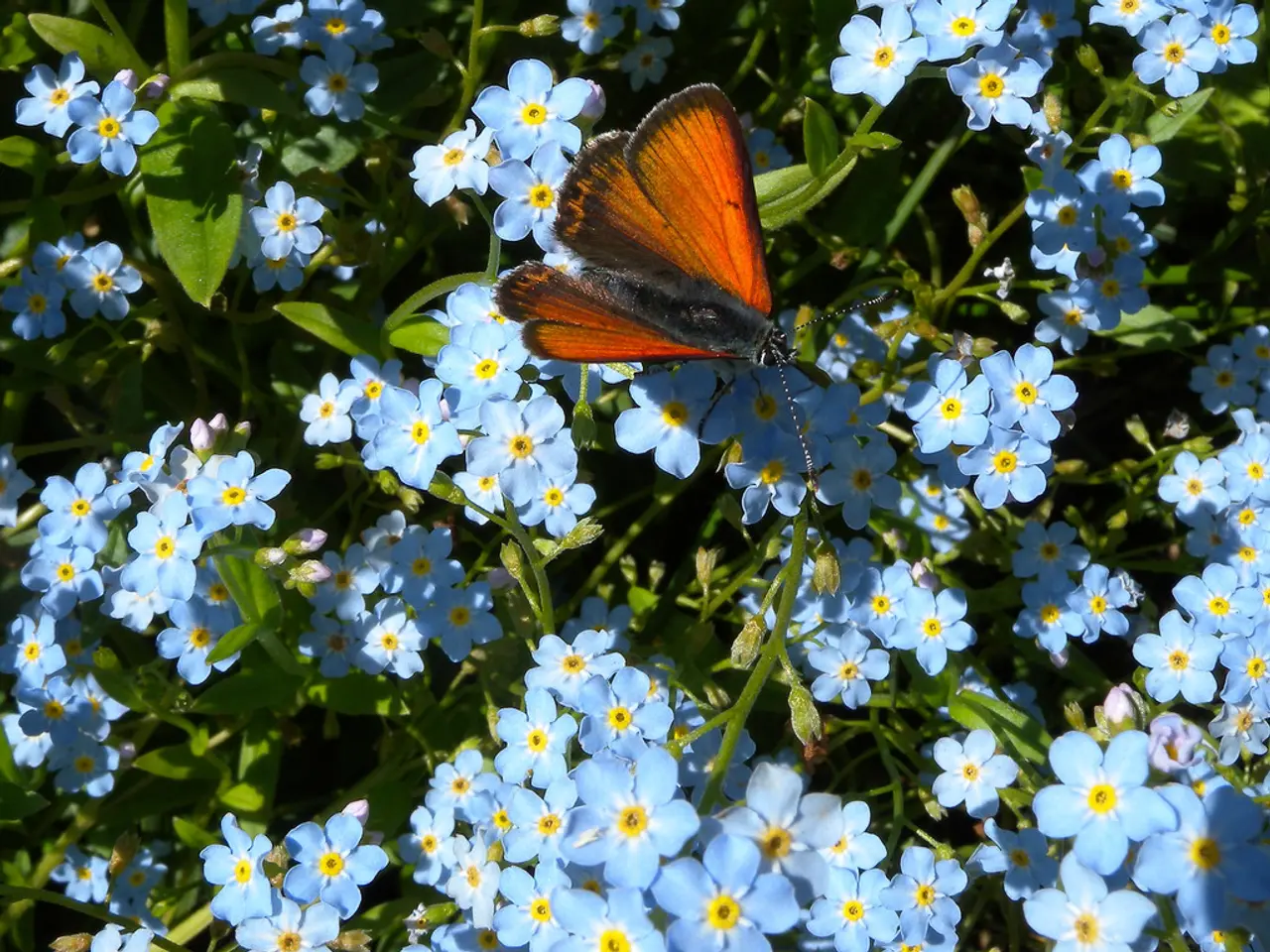Global interest grows in Blue Zone Diets, dietary patterns revered for their health benefits and longevity-boosting effects.
In various corners of the globe, there are regions known as Blue Zones, where people live longer and healthier lives than the global average. These zones, spanning from Okinawa in Japan to Loma Linda in California, USA, have been the subject of much intrigue and study, with their dietary habits and lifestyle practices emerging as key factors contributing to their longevity.
At the heart of the Blue Zone diet lies a predominantly plant-based composition, focusing on vegetables, legumes, whole grains, and nuts. Meat is consumed sparingly, typically around five times per month. This emphasis on whole foods provides essential fiber and protein, while whole grains help lower blood pressure and reduce the risk of heart disease.
The Blue Zone diet also encourages moderate alcohol consumption, often during social gatherings, emphasizing the social aspect of eating rather than the alcohol itself. Another practice, *hara hachi bu*, encourages eating until you're 80% full, which helps prevent overeating and supports a healthier metabolism.
Physical activity is integrated into daily life in Blue Zones through activities like walking, gardening, and carrying groceries by hand, rather than relying on gym workouts. The importance of purpose, often referred to as *ikigai* in Okinawa, contributes to mental well-being and motivation. Strong family and community bonds are crucial, with regular shared meals and activities that foster social support and reduce loneliness.
Rituals like napping, meditation, or simply enjoying tea help manage stress levels in Blue Zones. These practices contribute to improved health by reducing the risk of chronic diseases, promoting a healthy weight, enhancing mental well-being, and fostering a supportive community environment. The emphasis on plant-based eating and moderate lifestyle habits is particularly effective in reducing the risk of heart disease, cancer, and other serious health conditions.
The findings from studies of Blue Zones have influenced contemporary nutrition trends, with an increasing number of people adopting Mediterranean and plant-based diets. The scientific research that supports the health benefits of Blue Zone diets is a major driver of their popularity. The term "Blue Zones" was coined by National Geographic journalist Dan Buettner after researching the longevity of populations in specific geographic areas.
Blue Zone-inspired restaurants, meal delivery services, and cookbooks have become more common in urban areas, particularly those focused on plant-based or Mediterranean diets. As interest in the Blue Zone diet continues to grow, its principles are spreading beyond the regions where they originated, influencing global dietary guidelines and nutrition recommendations.
The growing interest in Blue Zone diets is part of a broader trend toward healthier eating and lifestyle choices. By embracing the Blue Zone lifestyle, individuals can take significant steps towards improving their health and extending their lifespan.
- The emphasis on plant-based eating in Blue Zones, with a focus on vegetables, legumes, whole grains, and nuts, provides essential fiber and protein, helping lower blood pressure and reduce the risk of heart disease.
- Moderate alcohol consumption, often during social gatherings, is encouraged in many Blue Zones, with the social aspect of eating emphasized more than the alcohol itself.
- Another Blue Zone practice, hara hachi bu, encourages eating until you're 80% full, which helps prevent overeating and supports a healthier metabolism.
- Physical activity is integrated into daily life in Blue Zones through activities like walking, gardening, and carrying groceries by hand, rather than relying on gym workouts.
- Strong family and community bonds are crucial in Blue Zones, with regular shared meals and activities that foster social support and reduce loneliness.
- Rituals like napping, meditation, or simply enjoying tea help manage stress levels in Blue Zones, contributing to improved health by reducing the risk of chronic diseases and promoting mental well-being.
- The term "Blue Zones" was coined by National Geographic journalist Dan Buettner after researching the longevity of populations in specific geographic areas, and it has since influenced contemporary nutrition trends, with more people adopting Mediterranean and plant-based diets.




